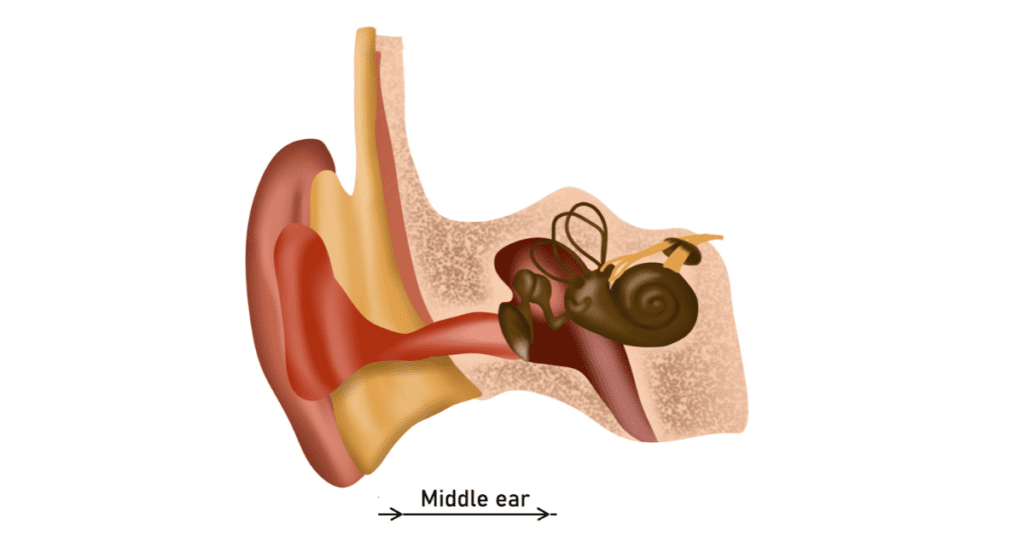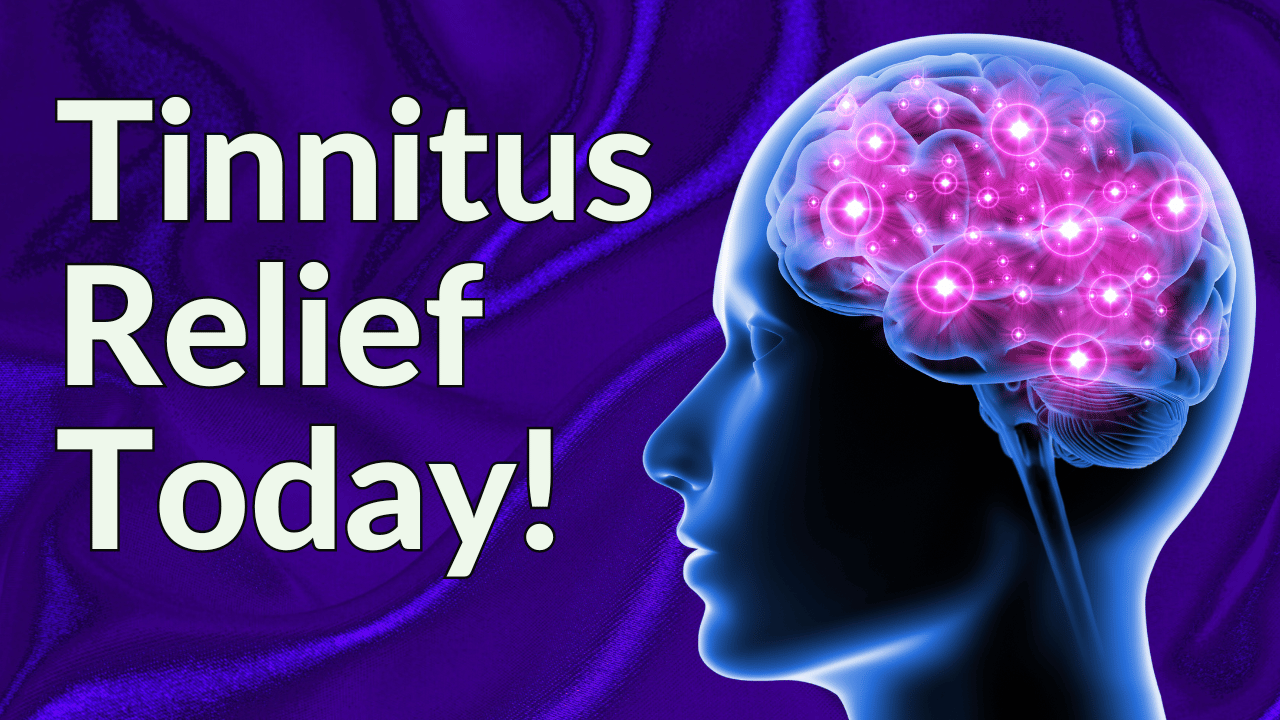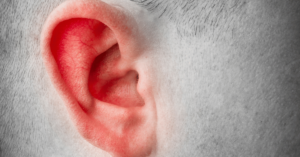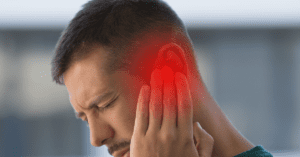The ear is a tiny but complicated system within the body, and any number of things can affect our hearing and result in damage or blockage to our hearing ability. Here, we have identified some of the most common disorders of the ear. We have identified the different parts of the ear and the disorders that correspond to them, including what causes ear diseases or ear disorders that may affect your hearing, impact the auditory nerve, and take in the sound vibrations necessary to successfully interpret the sounds around you.
First, we will identify the most common illness of the ear, and how an ear infection may impact health and hearing.
Ear Infection
While an ear infection may seem simple enough, there are different ways that an ear infection can impact hearing and health, including how they may affect your hearing. There are different parts of the ear that may be impacted by infection, and different ear conditions that can result following damage during an infection. The two most common types of infection include:
- Otitis Media
- In this type of infection, there is a build up of fluid (infected or not) in the middle ear space, most often caused by a virus or bacterial infections. These are amongst the most common complaints for children, as most children will have had at least one of these infections before the age of four.
"Treble Health helped me reduce my tinnitus by about 80%, and now I can live my life again!"

"Treble Health helped me reduce my tinnitus by about 80%, and now I can live my life again!"
– Steve D.
Book a free consultation to learn which Treble Health solution is right for you. Join Steve and thousands more who have found lasting tinnitus relief.
- Otitis Externa/Swimmer’s ear
- Bacterial or fungal growth in the external auditory canal is the source of the condition known as swimmer’s ear. In swimmer’s ear, the cause is typically bacterial, but can also be fungal or related to a virus. Unlike other conditions which can be caused by damage to the tiny bones in the ear or precipitated by persistent exposure to loud noises, swimmer’s ear is largely a result of fluid problems, such as excess moisture or moisture exposure, and is typically treated with anti-inflammatory interventions.
Inner And Outer Ear Deformity
Outer ear deformity affects the portions of the ear that are visible to the naked eye. There are three common types of outer ear deformities, some of which are congenital, and others that are related to trauma. Types of outer ear deformity include:
- Exostoses
- In exostoses, there are multiple bony growths in the outer ear canal, which is usually due to cold water exposure. Exostoses can block or occlude the entire ear canal, obstructing sound waves transferring to the inner ear to aid in hearing. Exostoses can also make wearing a hearing aid difficult as a result of fit issues and comfort.
- Osteoma
- An osteoma is a type of bone growth that grows atop another piece of bone. In the case of the head, the growth can be found within the ear canal. Unlike exostoses, the growth is a single growth in the ear and, left untreated, it can impair hearing health and make it difficult to maintain balance. Vertigo and tinnitus are identified as common symptoms in osteomas of the ears.
- Anotia/Microtia
- These conditions are congenital, and severe cases obstruct hearing entirely. Both describe a deformity of the ear, though anotia describes the condition in which the outer ear is missing entirely, and microtia describes the disorder in which the inner portion of the ear is smaller and without function. In some cases, these disorders can be surgically repaired, and in the absence of that option, bone conduction hearing aids are often useful (called BAHA hearing aids).
Otosclerosis
Otosclerosis is a condition in which there is abnormal bone growth on the ossicles of the ear, which causes the fixation of the stapes bone, one of three tiny bones found within the ear. Otosclerosis often begins in one ear and gradually includes the other, but can begin in both ears simultaneously. Otosclerosis leads to conductive hearing loss, and is repairable in many cases with a stapedectomy–a surgery used to remove the stapes entirely, and replace it with a titanium prosthesis–or hearing aids.
Tympanosclerosis
Tympanosclerosis describes a condition involving scarring on the tympanic membrane. The condition is usually due to recurrent ear infections, ear canal injury, or history of surgery in the middle ear. Over time and left untreated, tympanosclerosis can cause conductive hearing loss, tinnitus, and aural fullness, all of which can lead to an inability to hear or comprehend sounds. Most people enjoy relief from symptoms following a surgery or hearing aid.
Ossicular Chain Discontinuity

Ossicular chain discontinuity causes disruption of the small bones in the middle part of the ear (called ossicles), making them no longer able to properly align, and work to transmit sound through the middle ear. This particular condition is most commonly caused by injury or trauma to the ear, and results in conductive hearing loss. As is often the case with disorders of the ear, surgical treatments and a hearing aid are often useful to ease symptoms.
Eustachian Tube Dysfunction (ETD)
There are tubes within the middle of the ear (called eustachian), that connect that portion of the ear to the back or top of the throat. Eustachian tube dysfunction (ETD) results when tubes become blocked and can no longer open to equalize pressure and provide clean air to the middle portion of the ear. ETD results in blocked ears, hearing loss, ear pain, itching, discomfort, dizziness, tinnitus, and may even play a role in causing recurrent ear infections. ETD can clear on its own within days or weeks, but can also cause long term issues–especially for those with ongoing sinus conditions. ETD is often listed among the “other causes” of persistent infections in the ears.
Labyrinthitis/ Vestibular Neuritis
Labyrinthitis is inflammation of the membranous labyrinth, a snail shaped organ within the inner ear. Vestibular neuritis is inflammation of the vestibulocochlear nerve, which causes vertigo and hearing loss. Inflammation of either (or both) causes a disruption in the information received by the brain from the vestibulocochlear nerve, resulting in hearing loss or balance dysfunction. These can also be at the root of sudden sensorineural hearing loss.
Benign Paroxysmal Positional Vertigo (BPPV)
BPPV is characterized by short episodes of vertigo following certain head movements. Nausea and vomiting may accompany these vertigo episodes. BPPV comes as a result of canaliths (or ear rocks) that are out of place, which makes the body feel as though it is moving while actually staying still. The miscommunication with the ear makes the brain trigger dizzy spells. Treatment usually includes head repositioning exercises with a physical therapist or ENT doctors.
Meniere’s Disease
Meniere’s disease is a disorder in which an overproduction of fluid floods the cochlea. Over time, there is damage to the inner ear structures, which can cause episodic bouts of hearing loss, tinnitus, and vertigo, all of which affect the way vibrations travel throughout the ear. Episodes caused by Meniere’s disease can last anywhere from a few hours to a week or even more, and usually affect only one ear. Each episode of this ear disease has the potential to cause more damage than the one before, which can leave the person with some degree of sensorineural hearing loss and tinnitus that may require hearing aids, tinnitus retraining therapy (TRT), or another type of intervention.
Acoustic Neuroma/Vestibular Schwannoma

Acoustic neuroma (also called vestibular schwannoma) is a benign, slow-growing tumor on the hearing and vestibular nerve of one ear, which can result in asymmetric sensorineural hearing loss, tinnitus, and dysfunction of the vestibular system, resulting in dizziness and vertigo. Treatments for this particular condition may include surgical removal, radiation to slow the growth of the tumor, hearing aids, TRT, and vestibular therapies to restore loss of function to the body’s balancing systems. All of these can address the root cause and address hearing loss and tinnitus that can occur as a result of the tumor growth.
Auditory Processing Disorder
Auditory processing disorder describes a condition that does not involve the inner ear, or the components typically found in ear disorders, but instead involves neurological function and can go undetected. In auditory processing disorder, the brain recognizes and processes information being received by the ears inaccurately, or not at all. Typically, treatment involves communication enhancement therapies, accommodations for students, and low-gain hearing aids that include noise reduction technology.
Cholesteatoma
Another of the ear disorders that involves abnormal growth, cholesteatoma describes the growth of skin cells behind the tympanic membrane and into the middle ear that can cause hearing loss, tinnitus, infection, ETD, mastoiditis, and facial nerve pain or irritation. The sole treatment for this condition is surgical removal and subsequent observation of facial nerve impulses and ongoing hearing.
Mastoiditis
Mastoiditis is an infection of the mastoid bone, which lies behind the ears. Causes are most often untreated infection in one or both ears, which spreads to the air cells within the mastoid bone. Treatments usually include antibiotics and even surgery to remove any remaining infected air cells. Surgical removal frequently results in conductive hearing loss, and may require a hearing aid to alleviate the symptoms of hearing loss and tinnitus.
Conclusion
Each and every one of these disorders can result in varying types and degrees of hearing loss and other dysfunction, including tinnitus. Fortunately, there are interventions for all of them, in order to reduce the symptoms of the conditions themselves, and any complications or losses that occur as a result of infection or trauma. These may or may not include:
- Hearing aids
- Tinnitus Retraining Therapy (TRT)
- Cognitive Behavioral Therapy (CBT)
- Sound therapy
With treatment, many of these conditions will see a significant change in the strength or breadth of symptoms, and quality of life will improve. Whether you need a tinnitus treatment option or a treatment targeting an underlying condition, changes to auditory processing and function do not have to be a life-long sentence. Instead, changes can be temporary, and in many cases, hearing can be greatly improved or restored.
Next Step: Book Free Consultation
- 75% of patients reduced their tinnitus within three months after following our recommendations.
- "I feel like Treble Health literally gave me my life back." - Randy S. (verified customer)
- Join thousands of people who have reduced their tinnitus after scheduling a free consultation.












